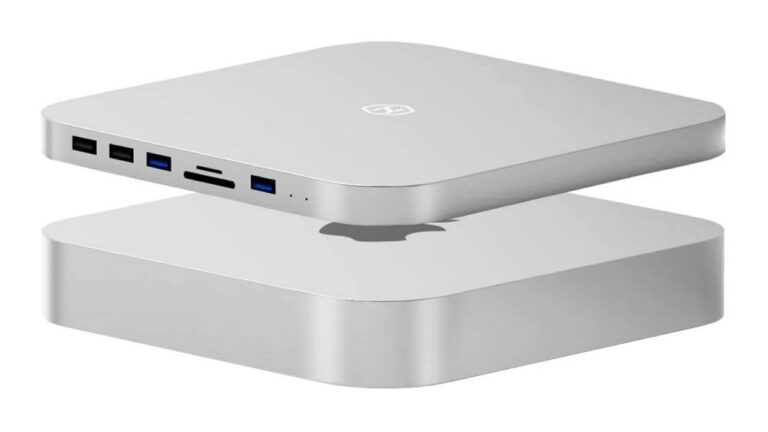

A comparison of multi-core average scores reveals that the 3.0GHz model averages 4,651, whereas the 3.2GHz model averages 5,474.Ī single-core score of 1,682 and a multi-core score of 7,097 have been reported for the M1 in the Apple silicon Mac mini, and the M1's highly remarkable performance has been proven in various benchmarks. Both include Intel UHD Graphics 630.įor comparison, the average single-core score on Geekbench 5 for the 3.0GHz 6-core Intel Core i5 is 998, while the average single-core score on Geekbench 5 for the 3.2GHz 6-core Intel Core i7 is 1,101. The CPU features four high-performance cores and four energy-efficient cores.Īpple also provides two Intel CPU options for the Mac mini: a 3.0 GHz 6-core Intel Core i5 with Turbo Boost up to 4.1 GHz and a 3.2 GHz 6-core Intel Core i7 with Turbo Boost up to 4.6 GHz. The M1's CPU and GPU both have eight processing cores.

Apple's M1 processor, the first bespoke silicon SoC for the Mac, is currently included in the primary Mac mini model sold by the company. The CPUs are the main differentiating factor between the two Mac minis. The M1 Mac mini and the Intel Mac mini are almost identical in design, storage capacity, and USB Type-A connectors. Examining the differences between the M1 and Intel Mac mini This guide will come in handy if you're trying to select between these two Mac minis and their possible use as digital signage players. The Intel-based Mac mini is presented by Apple as a premium model, with prices beginning at $1099, much more than the Apple silicon-based Mac mini's starting price of $699. Apple must have a good reason for keeping on with sales of the Intel Mac mini, which was last updated in 2018. However, the earlier Intel-based Mac mini is still available from Apple. In November 2020, Apple released a new version of the Mac mini equipped with the M1 processor, the company's first silicon-based CPU designed just for the Mac.


 0 kommentar(er)
0 kommentar(er)
